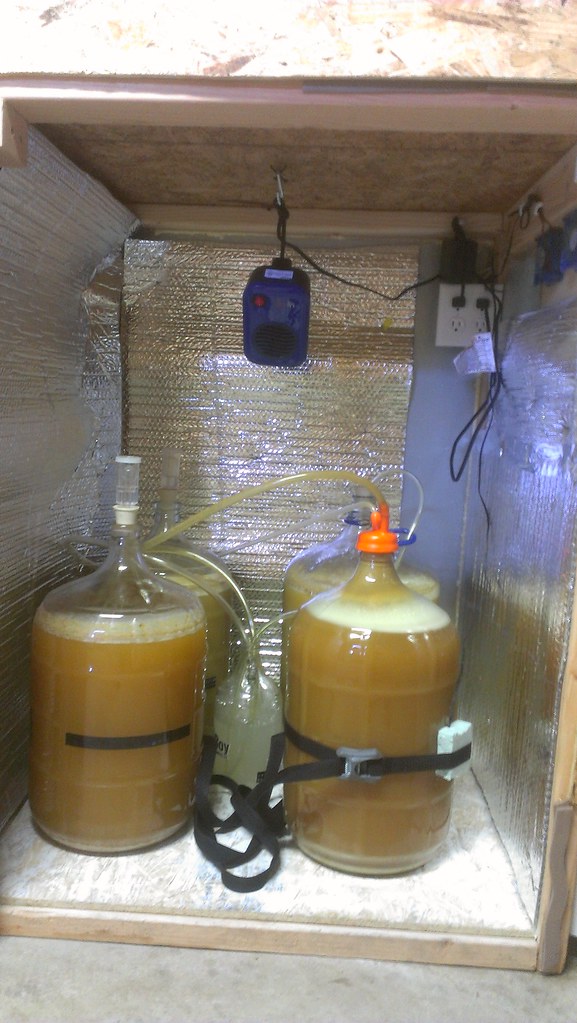Residential power distribution is strictly a parallel game. If any receptacle is wired in series with another receptacle, they share the voltage and most, if not all, appliances would not function.
Now that I think about it, maybe I'm just misunderstanding the terms being used. By "series", are we talking about a gfci attached, in parallel, to the LOAD side of an upstream gfci?
I may have (did) bastardized the terms a bit (a lot), but it was the best I could come up with, especially if you read it in the context of multiple GFCIs and subsequent upstream/downstream descriptors. I was hoping to avoid a 2 page explanation of line, load, losses, op amp summers, etc. When read in context of upstream/downstream it should make sense.
When plugging in his controller box built with a GFCI into the outlet (which may have been controller by a GFCI breaker), he was essentially wiring the downstream GFCI to the 'load' terminals of the upstream GFCI (my bastardized 'series'), instead wiring the downstream GFCI in a 'pigtail' fashion to the line terminals of the upstream GFCI (parallel).
If that's the case, then, in theory, there should still be no issues. Of course, if one of the gfcis is not functioning correctly, then all bets are off.
I said as much, and more, in my previous post. There are occasionally small current leakages in outlets, and I would guess they may be even more common in GFCI outlets, especially on the line side. Different makes and ages of GFCIs have different trigger levels. I hear that newer ones actually have higher trigger levels than older ones, and this may have been done to help with false triggers of all sorts. I can't think of any other reason to raise the trigger level. I assume the speed/reliability of the circuitry increased, allowing them to safely raise the trigger level while maintaining safety factors.
A gfci constantly compares the current in the LINE hot and neutral conductors. If that current is unequal by more than about 6mA then it trips. It is assumed that extra current is traveling to ground through some other path. The LOAD terminals simply extend that monitoring to downstream receptacles.
Exactly, and that is why both the line and load losses (if any), from the downstream GFCI are added to any load losses (if any), from the upstream GFCI, which can trigger the upstream GFCI when a second GFCI is wired downstream.








